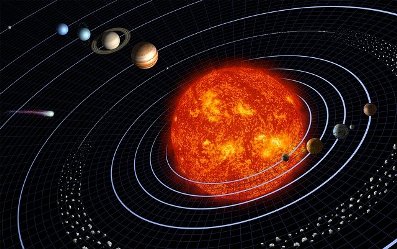CIBER 2 UPSC : Counting of Stars | Cosmic Infrared Background Experiment-2 – A NASA (National Aeronautics and Space Administration) funded CIBER-2 sounding rocket’s launch window will open at the White Sands Missile Range in New Mexico, USA.
The ESA infrared space observatoryHerschel also counted the number of galaxies in infrared and measured their luminosity previously.
CIBER 2 UPSC : Counting of Stars | How It Will Count Stars ?
What is CIBER-2?
- In order to roughly estimate the number of stars in the Universe, scientists have estimated that on average each galaxy consists of about 100 million stars, but this figure is not exact.
- The figure of 100 million could easily be an underestimation, probably by a factor of 10 or more.
- To put this into perspective, an average of 100 million stars in each galaxy (there an estimated 2 trillion of them as per NASA), would give a total figure of one hundred quintillion stars or 1 with 21 zeroes after it.
- NASA notes that if this figure is accurate, it would mean that for every grain of sand on Earth, there are more than ten stars.
- But this calculation assumes that all stars are inside galaxies, which might not be true and this is what the CIBER-2 instrument will try to find out.
- It will not actually count individual stars but it will instead detect the extragalactic background light, which is all of the light that has been emitted throughout the history of the Universe.
- From all of this extragalactic background light, the CIBER-2 will focus on a portion of this called cosmic infrared background, which is emitted by some of the most common stars.
H10N3 Bird Flu UPSC | Symptoms In Humans | UPSC Current Affairs
Working of CIBER-2
- It will survey a patch of sky that will include dozens of clusters of galaxies.
- The instrument will not actually count individual stars but it will instead detect the extragalactic background light, which is all of the light that has been emitted throughout the history of the Universe.
- It will focus on a portion of the cosmic infrared background, which is emitted by some of the most common stars.
- It is aiming to look at how bright this light is to give scientists an estimate of how many of these stars are out there.

Extragalactic Background Light and Cosmic Infrared Background
- The EBL is a background glow of the collective photons produced in the universe over time.
- It was used in the first CIBER mission to determine the total light from stars through optical to ultraviolet scale.
- The objective is to use cosmic infrared background to point out the common types of stars such as M and K dwarfs.
- The sounding rocket will measure the number of stars not by counting the physical bodies themselves, but by the traces of lights that are emitted by stars in faint galaxies.







